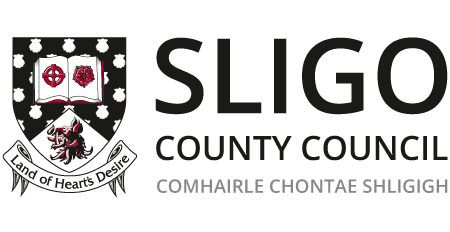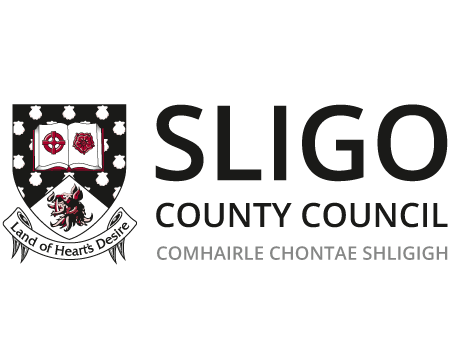Urban Waste Water Treatment Monitoring
Sligo Town and its surrounding County are home to both domestic and industrial activities, all of which produce vast volumes of wastewater.
Urban wastewater is defined by legislation as domestic wastewater or a mixture of domestic wastewater with industrial waste and / or rainwater runoff. Untreated or insufficiently treated effluent may give rise to environmental pollution or cause public health hazards.
Sligo County Council, Environmental Services Section are charged with the statutory task of monitoring Urban Waste Water Treatment discharges, in accordance with Urban Waste Water Treatment (UWWT) Regulations, 2001 (S.I. 254 of 2001),this legislation incorporates and updates the Environmental Protection Agency Act, 1992 (Urban Waste Water Treatment) Regulations, 1994 as amended in 1999. The regulations main provisions require Local Authorities to monitor the quality of effluents, and the receiving waters to ensure that the relevant quality objectives are met.
The following table lists the parameters and concentration limits to which wastewater treatment plant discharges must comply.
| Parameter | Concentration Limit | Minimum and Reduction |
|---|---|---|
| Parameter | Concentration Limit | Minimum and Reduction |
| BOD5 | 25 mg/l O2 | 70 - 90% |
| COD | 125 mg/l O2 | 75 |
| Total Suspended Solids | 35 mg/l | 90% |
| Name | Discharges * |
|---|---|
| Name | Discharges * |
| Ballisodare | E |
| Enniscrone | C |
| Dromore West | R |
| Easkey | R |
| Ballymote | R |
| Bunninnadden | R |
| Monasteraden | R |
| Culfadda | R |
| Gurteen | R |
| Tubbercurry | R |
| Aclare | R |
| Curry | R |
| Cloonacool | R |
| Strandhill | C |
| Collooney | R |
| Geevagh | R |
| Ballintogher | R |
| Grange | R |
| Cliffoney | R |
| Drumcliff | R |
| Carney | R |
| Rockfield | R |
| Coolaney | R |
| Ballinacarrow | R |
| Riverstown | R |
| Ballinafad | R |
| Rosses Point | C |
| Castlebaldwin | R |
*E = Estuarine, C = Coastal and R = River.
The type of treatment facilities required (by the regulations) for individual agglomerations (town populations) depends on: the size of the agglomeration; the type of receiving water body (fresh water, estuarine or coastal water) and whether the receiving water body is sensitive (or not), as defined by the regulations).
Sligo has 2 active discharges to estuarine waters, 3 to coastal waters and the remaining25 plants discharge to rivers. The majority of plants provide various methods of treatment including primary and secondary treatment.
At present however, discharges to estuarine waters fail to receive treatment. This situation is currently being addressed in order to meet the Urban Waste Water Treatment requirements.
The National Development Plan (NDP) 2000 - 2006 and Water Services Plan, make provisions for the upgrade of existing plants and the development of new facilities. These plans involve an unprecedented level of investment in urban wastewater infrastructure and water services on a national scale.
Under the NDP, €3.81 billion will be invested wastewater infrastructure over the period 2000 – 2006. This includes €924 million to complete 24 waste water schemes required under EU Wastewater Treatment Directive. There is also a further provision of €421 million to complete 62 schemes to meet the 2005 requirements. The completion of all schemes and the level of investment ring-fenced for such infrastructure will lead to a significant increase in the quantities of wastewaters receiving secondary treatment and ultimately an overall improvement in water quality.

